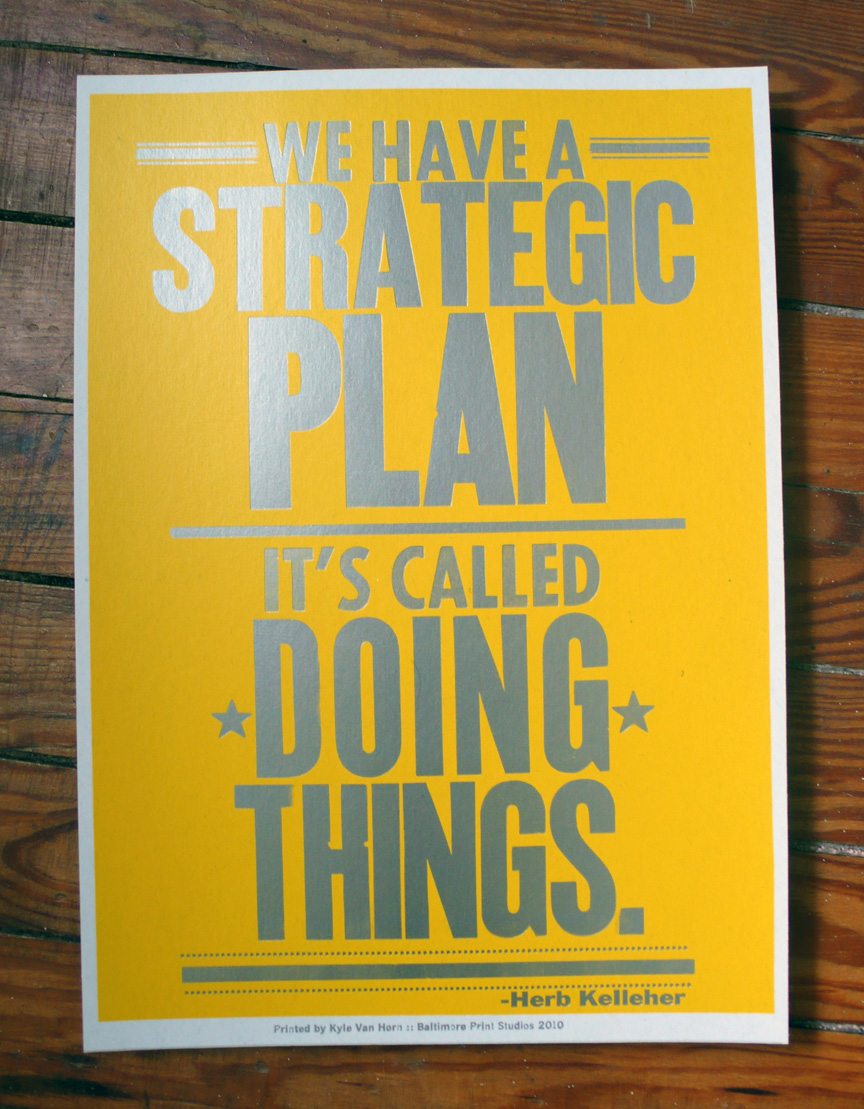One Rank One Pension
Most readers would be familiar with the term ‘one rank one pension’ or OROP, which has been in the news of late. Disillusioned by the government rejection of this long-pending demand, the military veterans recently returned their medals to the President. Some may not have fully comprehended the issue of OROP. A primer is in order.
What is pension?
The Supreme Court in 1983 {D.S.Nakra and others vs UOI. (AIR 1983, SC 130)} has said, “Pension is not a bounty nor a matter of grace depending upon the sweet will of the employer. It is not an ex-gratia payment, but a payment for past services rendered.
It is a social welfare measure, rendering socio-economic justice to those who in the hey days of their life, ceaselessly toiled for their employers on an assurance that in their old age, they would not be left in the lurch.” Going by pension being ‘a payment for past services rendered’, logic demands that ‘equal service’ must get ‘equal payment’.
The ‘equal service’ in military parlance has two parameters, the quantity, in the form of total years in uniform, and the quality, implying the level of responsibility or the rank held. In other words, ‘Equal service’ and ‘equal rank’ should get ‘equal pension’. Over the years, this has been sloganised as OROP.
At present, military veterans are denied OROP. Whenever successive pay commissions enhance the salaries and consequently the pensions, these are effected only prospectively. The gap between past pensioners and their younger equivalents keeps widening with every successive pay commission. The disparity has become uncomfortably stark after the Sixth Pay Commission. Let me quote two examples, one among the officers and the other among the ‘personnel below officer rank’ (PBOR).
For equal service, a Sepoy, who retired prior to 01. 01. 1996, gets 82% lower pension than a Sepoy who retires after 1.1.2006? There are also inter-rank disparities. A pre – 01. 01. 1996 Havildar gets 37% lower pension than a Sepoy, who retired after 1.1.2006, despite the latter being two rungs lower in the military hierarchy.
Among officers, a pre 1996 Major gets 53% lower pension than his post 2006 counterpart. As far as inter-rank disparity is concerned, a pre 1996 Lt General gets 10 % lower pension than a ‘Time Scale’ Colonel who retired after 1.1.2006. (Gap is even wider for a Brigadier and a Major General vis-a-vis a Colonel).
Be it known that less than 1% officers reach the Lt General’s rank through a tight sieve of five selection boards, they command a Corps of nearly 70,000 troops, and serve for 40 plus years. In contrast, a Time Scale Colonel does not make it through a single selection board, commands only a Company of just over 100 men and retires after 26 years. One does not need to be an expert to perceive that something is wrong.
Why is the government hesitant to meet the OROP demand?
As per media reports they have cited administrative, financial and legal difficulties. The administrative reason is hard to understand; every veteran’s full record is available with the military establishments as well as with the banks.
The financial and legal worry must arise from the government concern that it might generate a similar demand from the civilian employees, who might even move the courts. While the concern is well taken, the comparison between defence and civilian employees has little rationale.
While all civilian employees retire by age, the defence personnel retire by rank. As a result, while all civilian employees serve up to their maximum permissible age of retirement, the PBOR start retiring at the age of 35 years and by the age of 42, nearly 85% have gone home. In the case of officers, nearly 92% retire as Colonels at 54 years. Therefore, comparing defence personnel with civilians is a comparison between unequals, which can never give valid results.
Let us consider the reverse scenario.
Up to the time of the Sixth Pay Commission, one had to have minimum 33 years service to become eligible for the optimum pension, which is 50% of last salary.
Since the PBOR start retiring at 17 years service, and all are compulsorily retired on reaching a maximum of 32 years, none of them got their optimum pension. Over the years, the government introduced a scheme of compensatory weightages for thePBOR by adding notional years to their actual service for pension purposes.
However, this too was capped at a maximum total of 30 years. As a result, all PBORreceived lower pension than optimum while every civilian received the optimum. If comparison and equity between the two were indeed a relevant factor, why was this disparity never set right?
When in 1992, the government sanctioned a ‘one time increase’ exclusively for the defence personnel, there was not even a whimper of protest from any civilian employee. Again, the Sixth Pay Commission has sanctioned a ‘Military Service Pay’ only for defence employees. This is not an allowance but a ‘pay’.
No civilian employee has demanded this or moved the courts against this provision. On the same logic, why cannot the government sanction OROP and call it ‘military service pension’? It seems denial of OROP to defence personnel, because it might generate a similar demand from civilian employees, is more likely a pretext than a reason.
There is reason why the civilians would not seek OROP or ‘military service pension’ if the same is sanctioned to the defence pensioners.
The effect of non-grant of OROP is felt only during the pay commissions, that is, once in ten years. A person retiring at 35 years may see upto six pay commissions, whereas a civilian pensioner, apart from having received extra salary for some 25 years of service, may see maximum two or three pay commissions. The former, therefore, have much more at stake. That is why, while the defence pensioners have been raising the issue of OROP for nearly 25 years, and have gone to the extent of returning their medals on this account, no civilian has ever asked for it.
Demand for OROP is not extraordinary. The Members of Parliament, Members of Legislative Assemblies and judges are already enjoying this benefit. OROP is also extended to all IAS Secetaries, Special Secretaries, police DGsP and senior posts in other government departments under the provision of ‘fixed salaries’.
Interestingly, the Congress election manifesto for the last Lok Sabha elections had said,





































































